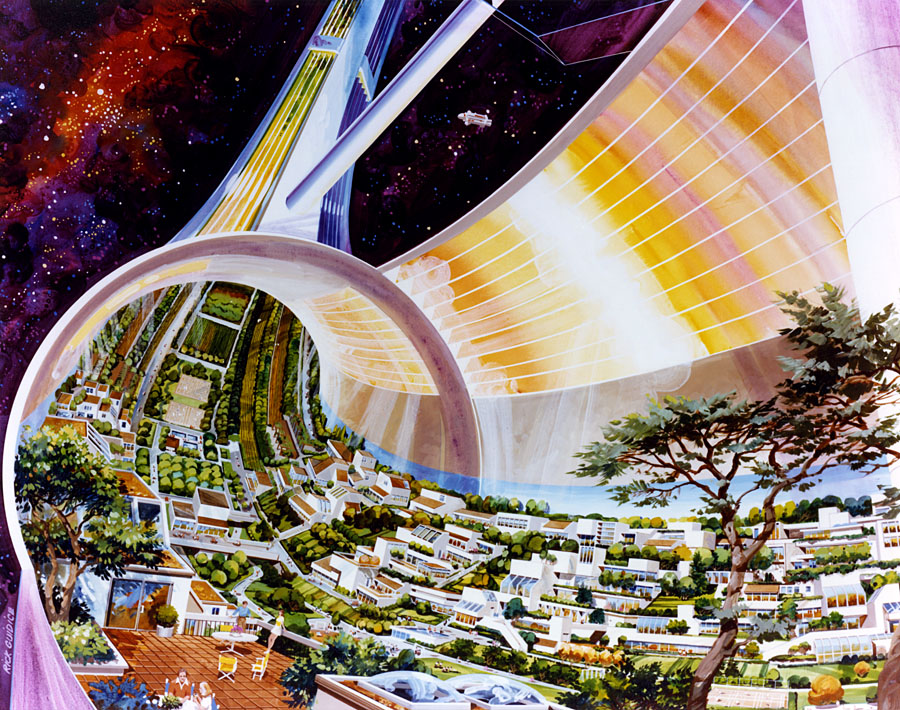
View the paper “Isolated Refuges for Surviving Global Catastrophes”
The long-term success of human civilization is of immense importance because of the huge number of lives at stake, in particular the lives of countless future generations. A catastrophe that causes permanent harm to human civilization would be a similarly immense loss. Some measures taken pre-catastrophe could help people survive and carry humanity into the future. This paper analyzes how refuges could keep a small population alive through a range of global catastrophe scenarios. The paper considers desirable refuge design qualities and how they can be achieved.
Refuge design qualities. Several qualities could make refuges more successful at promoting long-term civilization success. Isolation would prevent the catastrophe and its aftermath from harming the refuge. Secrecy would protect the refuge from post-catastrophe outsider populations. Self-sufficiency would keep an isolated refuge successful. Continuous population in the refuge would ensure success even when catastrophe timing is unpredictable. Accessibility would enable people to get to the refuge if they’re not already in it. Desirability would make people want to live in the refuge. Pleasantness would help people enjoy their time in the refuge. Monitoring of the outside world could help refuge inhabitants plan their actions, including when to leave the refuge. A sufficient founder population would ensure that the refuge inhabitants could repopulate the world. Resources for civilization could also help, such as agricultural seeds, tools, and libraries.
Surface independence. The paper proposes surface-independence, meaning complete isolation from Earth’s surface, as the gold standard for refuge excellence. Surface-independent refuges could be subterranean (located underground), aquatic (in water), or extraterrestrial (in outer space). A surface-independent refuge would have the best chance of protecting inhabitants from outside catastrophes. However, surface-independence poses some significant design challenges.
Food provision. A surface-independent refuge would need to be self-sufficient in food. Food self-sufficiency could be achieved in several ways. Food could be stockpiled, though this could take up much of the refuge’s space. Food could be produced via photosynthesis, which would additionally help refuge air quality, though it could reduce surface-independence. Finally, food could be produced via chemical synthesis, which is more energy efficient, though the foods may not be as pleasant.
Subterranean waste heat rejection. For refuges built underground, excess heat would need to be rejected (i.e., removed) into the surrounding environment. Otherwise, the refuge would overheat. Waste heat could be rejected to the surface, into adjacent rock or groundwater, or by locating the refuge in glaciers.
Extraterrestrial refuge cost. Extraterrestrial refuges could provide an exceptional degree of isolation from Earth’s surface, but they can also be very expensive. However, the cost could be reduced by “piggybacking” refuges onto space missions that would occur anyway for other reasons, in particular for science, politics, and commerce. In this way, extraterrestrial refuges could be a lot more cost-effective.
Academic citation:
Baum, Seth D., David C. Denkenberger, and Jacob Haqq-Misra, 2015. Isolated refuges for surviving global catastrophes. Futures, vol. 72 (September), pages 45-56, DOI 10.1016/j.futures.2015.03.009.
Image credit: NASA
This blog post was published on 28 July 2020 as part of a website overhaul and backdated to reflect the time of the publication of the work referenced here.







